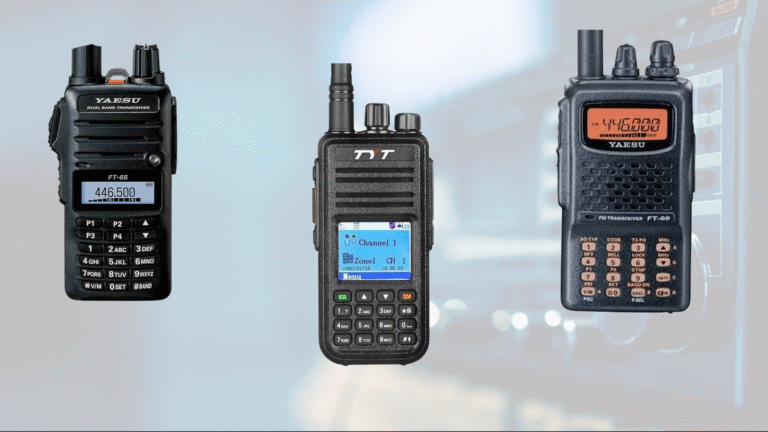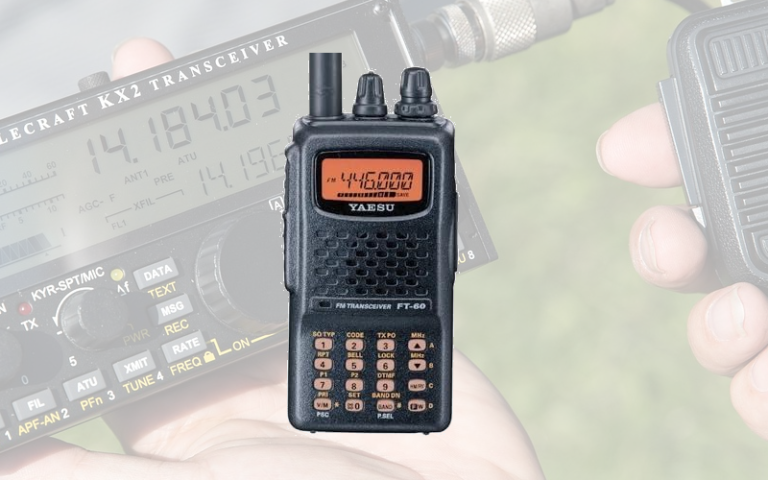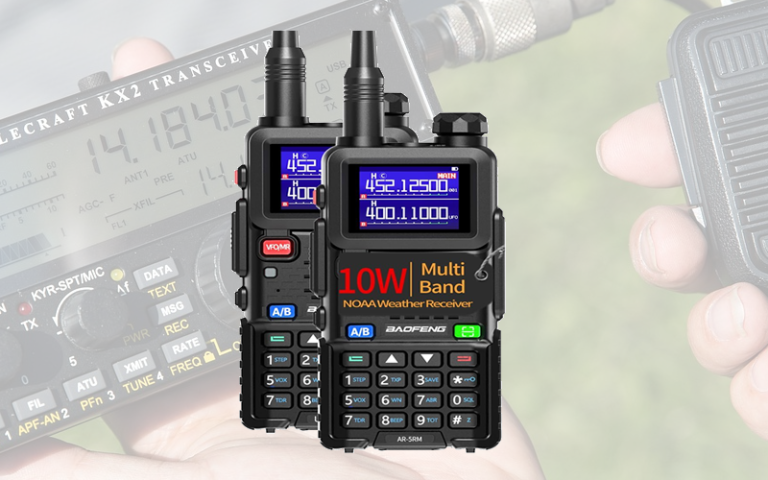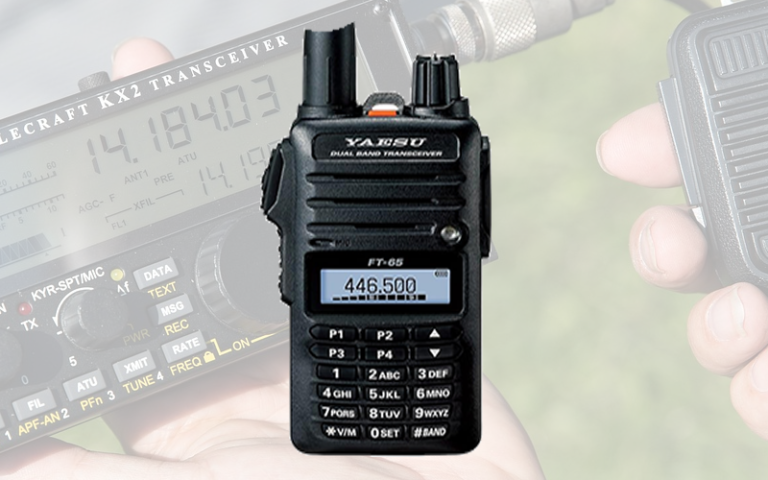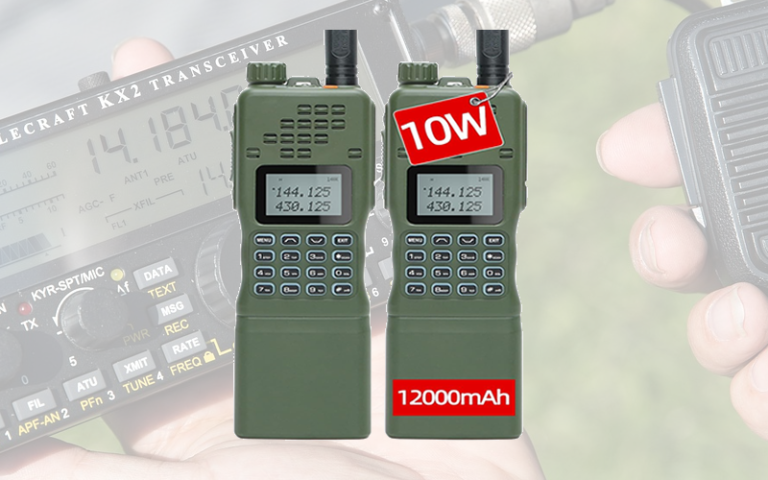Unlock the Fascinating World of Amateur Radio
Possibilities For Amateur Radio
Discover the thrill of ham radio, a hobby that connects people worldwide through communication and technology. With its rich history and global community, amateur radio offers a unique way to explore the world of wireless communication.
Each Wave Is A Friend
Whether you’re a seasoned enthusiast or just curious, ham radio provides an exciting outlet for creativity and innovation. By exploring this fascinating world, you’ll uncover the joys of making new friends, learning new skills, and being part of a vibrant community.
Key Takeaways
- Ham radio is a global community that connects people through communication and technology.
- Amateur radio offers a unique way to explore wireless communication.
- It’s a hobby that fosters creativity, innovation, and new friendships.
- Ham radio enthusiasts can participate in various activities and events.
- The hobby is open to people of all ages and skill levels.
What is Ham Radio? Understanding the Basics
Ham radio, also known as amateur radio, is a fascinating hobby that allows individuals to communicate with others locally and globally. It involves the use of radio waves to transmit and receive messages, making it a unique form of communication.
Definition and Core Concepts
Amateur radio is a service where licensed individuals operate and experiment with radio technology. The core concept revolves around using radio transceivers to communicate with other ham radio operators.
The Language of Amateur Radio
The language used in ham radio includes specific terminology and codes, such as Q-codes and call signs, which help operators communicate efficiently. Understanding this language is crucial for effective communication.
How Radio Signals Work
Radio signals are transmitted through the air (or space) using antennas. The signal is modulated to encode information, such as voice or data, and is received by other ham radio operators tuned to the same frequency.
The Difference Between Ham Radio and Other Communication Methods
Ham radio differs from other forms of communication, such as cell phones or the internet, because it is a self-contained system that doesn’t rely on commercial infrastructure. This makes it particularly useful during emergencies.
| Feature | Ham Radio | Cell Phones/Internet |
| Infrastructure Dependency | Low | High |
| Licensing Requirement | Yes | No |
| Global Reach | Yes | Yes |
The Rich History of Amateur Radio
Since its inception, amateur radio has evolved significantly, shaped by technological advancements and historical events. The hobby has its roots in the early 20th century, and over the years, it has grown into a global community of radio operators.
Origins and Early Development
The origins of amateur radio date back to the late 19th and early 20th centuries when experimenters began exploring the possibilities of radio communication.
Pioneering Radio Operators
Pioneers like Guglielmo Marconi and Reginald Fessenden made significant contributions, paving the way for future generations of amateur radio enthusiasts.
Key Historical Milestones
Key milestones include the establishment of the first amateur radio stations and the development of early radio technology. The year 1912 marked a significant point with the passage of the Radio Act, which required radio operators to be licensed.
Evolution Through the Decades
Over the decades, ham radio has continued to evolve, influenced by major world events and technological advancements.
Ham Radio During Major World Events
During World War II, ham radio played a crucial role in military and emergency communications. Radio operators provided vital communication links, demonstrating the value of amateur radio.
Technological Advancements Over Time
Technological advancements, such as the development of transistor radios and digital modes, have significantly impacted amateur radio. Today, radio operators can communicate globally using a variety of modes.
| Year | Event | Impact on Amateur Radio |
| 1906 | First transatlantic wireless transmission | Paved the way for global communication |
| 1912 | Radio Act passed | Licensing requirements established |
| 1940s | World War II | Ham radio used in military and emergency communications |
Explore
Getting Your Amateur Radio License
Getting licensed is the first step into the fascinating world of amateur radio. To become a licensed ham radio operator, you need to understand the different license classes and the privileges they offer.
License Classes in the United States
The United States has three main license classes for amateur radio: Technician, General, and Extra. Each class grants different levels of access to radio frequencies.
Technician, General, and Extra Class Privileges
The Technician class is the entry-level license, providing access to certain frequencies. The General class offers more privileges, including additional frequencies. The Extra class is the highest level, granting access to all amateur radio frequencies.
License Requirements and Regulations
To get licensed, you must pass a written exam administered by a Volunteer Examiner Coordinator (VEC). The exam covers basic electronics, operating practices, and regulations.
Study Resources and Exam Preparation
There are many resources available to help you prepare for the exam, including study guides, online courses, and practice exams. Utilizing these resources will help you understand the material and pass the test.
What to Expect During the Testing Process
The testing process involves a multiple-choice exam. The questions cover a range of topics, from basic electronics to operating practices. Being well-prepared will make the process smoother.
| License Class | Privileges | Exam Questions |
| Technician | Limited frequencies | 35 |
| General | More frequencies | 35 |
| Extra | All amateur frequencies | 50 |
By understanding the license classes and preparing well for the exam, you can become a licensed ham radio operator and enjoy the many privileges that come with it.
Essential Ham Radio Equipment for Beginners
Embarking on the ham radio journey requires the right equipment to ensure a smooth and enjoyable experience. For beginners, understanding the fundamental components of a ham radio setup is crucial.
Basic Radio Transceivers
A radio transceiver is the core of any ham radio setup, enabling both transmission and reception of signals. When selecting a transceiver, beginners must decide between handheld and base station radios.
Handheld vs. Base Station Radios
Handheld radios offer portability and convenience, ideal for emergency communications or when on the move. Base station radios, on the other hand, provide more power and better reception, making them suitable for regular home use.
Budget-Friendly Options for Newcomers
For those just starting out, budget-friendly options are available that still offer quality performance. Brands like Baofeng and Yaesu provide affordable handheld radios that are popular among begi
Software Defined Radio
Software Defined Radio (SDR) is a modern, flexible approach to radio communication, where traditional hardware components (like filters, mixers, and modulators) are replaced by software processing on a computer or embedded system. This allows for unprecedented versatility, enabling a single SDR device to function as multiple types of radios, including ham radio transceivers, shortwave receivers, ADS-B aircraft trackers, spectrum analyzers, and more.
SDR technology is revolutionizing amateur radio, military communication, research, and wireless technology, making it one of the most exciting advancements in radio communications today.
Ham Radio Antennas and Their Importance
An efficient antenna is vital for effective radio communication, as it significantly impacts the quality of signal transmission and reception. A well-chosen antenna can make a substantial difference in a ham radio’s performance.
Different Types of Antennas and Their Uses
There are various types of antennas, including dipole, vertical, and directional antennas, each with its own advantages and applications. The choice of antenna depends on the specific needs and setup of the user.
Installation Considerations
Proper installation of the antenna is crucial for optimal performance. Factors such as height, orientation, and surrounding environment must be considered to ensure the best possible signal quality.
Accessories and Additional Gear
Beyond the transceiver and antenna, various accessories can enhance the ham radio experience. These include power supplies, microphones, and tuning devices, which can improve performance and convenience.
In conclusion, setting up a ham radio station involves several key components. By understanding the basics of radio transceivers, antennas, and accessories, beginners can make informed decisions and enjoy a rewarding ham radio experience.
Exploring Ham Radio Activities and Operations
Ham radio operators engage in a variety of activities that make the hobby both exciting and challenging. These activities not only enhance their technical skills but also foster a sense of community among enthusiasts. Whether it’s communicating with distant stations or providing support during emergencies, ham radio operators play a vital role.
DXing and Contesting
DXing, or making long-distance contacts, is a thrilling aspect of ham radio. It involves communicating with stations in other countries or distant regions.
Making Long-Distance Contacts
DXing requires a good understanding of radio propagation and the use of appropriate equipment. Operators often use specialized antennas and software to track DX stations.
Participating in Radio Competitions
Contesting is another popular activity where operators compete to make the most contacts within a given timeframe. It’s a fun way to test one’s skills and equipment.
Emergency Communications and Public Service
Ham radio plays a crucial role in emergency communications and public service. Operators provide vital communication links during disasters and emergencies.
ARES and RACES Programs
The Amateur Radio Emergency Service (ARES) and Radio Amateur Civil Emergency Service (RACES) are two programs that coordinate emergency communications. These programs train operators to respond effectively during emergencies.
How Hams Support During Disasters
During disasters, ham radio operators provide critical communication support, helping emergency responders and affected communities. Their efforts are invaluable in such situations.
Digital Modes and Satellite Operations
Digital modes and satellite operations offer ham radio operators new ways to communicate. Digital modes include various protocols for transmitting data and voice.
Popular Digital Communication Protocols
Protocols like PSK31 and JT65 are popular among ham radio operators for digital communication. These protocols allow for weak signal communication, enabling contacts over long distances.
Getting Started with Amateur Radio Satellites
Amateur radio satellites provide another exciting opportunity for operators to communicate. To get started, one needs to understand satellite orbits and frequencies.
Joining the Ham Radio Community
The ham radio community is vibrant and diverse, offering numerous ways to get involved and make meaningful connections. Whether you’re a seasoned operator or just starting out, there are various paths to explore.
Finding Amateur Radio Clubs Near You
One of the best ways to become part of the ham radio community is by joining a local amateur radio club. These clubs provide a platform for learning, sharing experiences, and participating in events.
Benefits of Local Club Membership
Local club membership offers hands-on training, access to experienced operators, and opportunities to participate in emergency communications and public service events.
Ham Radio Events and Conventions
Attending ham radio events and conventions is a great way to network with other enthusiasts, learn about the latest technologies, and participate in contests and competitions.
Online Communities and Resources
In addition to local clubs, there are numerous online communities and resources available for ham radio enthusiasts. These include forums, social media groups, podcasts, and YouTube channels.
Forums and Social Media Groups
Online forums and social media groups provide a space for discussing various aspects of ham radio, sharing knowledge, and staying updated on community news.
Podcasts and YouTube Channels for Ham Enthusiasts
Podcasts and YouTube channels offer educational content, operator interviews, and updates on the latest developments in ham radio technology.
| Resource Type | Description | Benefits |
| Local Clubs | Hands-on training and networking | Experienced guidance and community involvement |
| Online Forums | Discussion and knowledge sharing | Stay updated on community news and technologies |
| Podcasts and YouTube | Educational content and operator insights | Learn from experts and stay informed |
Technical Aspects of Radio Frequencies and Propagation
Understanding the technical aspects of radio frequencies is crucial for effective communication in ham radio. Radio frequencies are a vital component of amateur radio, enabling operators to connect with others locally and worldwide.
Understanding Radio Frequency Bands
Radio frequency bands are designated ranges of frequencies used for various forms of communication. In ham radio, understanding these bands is essential for choosing the right frequency for communication.
HF, VHF, UHF, and Microwave Bands
The main radio frequency bands used in ham radio are HF (High Frequency), VHF (Very High Frequency), UHF (Ultra High Frequency), and microwave bands. Each band has its characteristics and uses.
Band Plans and Frequency Allocations
Band plans and frequency allocations are crucial for organizing the use of radio frequencies. These plans help prevent interference and ensure that different modes of communication can coexist.
Propagation Conditions and How They Affect Communication
Propagation conditions significantly impact how radio signals travel. Understanding these conditions is vital for successful communication.
Solar Activity and Its Impact
Solar activity, including sunspots and solar flares, can affect radio propagation. Increased solar activity can enhance propagation on some frequencies while causing disturbances on others.
Seasonal and Daily Variations
Propagation conditions also vary with the season and time of day. For example, certain frequencies may propagate better at night or during specific seasons.
Troubleshooting Common Technical Issues
Ham radio operators often encounter technical issues that can be resolved with the right knowledge.
Interference Problems and Solutions
Interference is a common issue and can be addressed by identifying the source and applying appropriate filters or changing frequencies.
Equipment Maintenance Tips
Regular maintenance of equipment is essential for optimal performance. This includes checking connections, cleaning equipment, and ensuring proper tuning.
| Frequency Band | Characteristics | Common Uses |
| HF | Long-distance propagation | DXing, Contests |
| VHF | Line-of-sight, local communication | Local nets, FM simplex |
| UHF | Higher frequency, shorter range | Satellite communications, local nets |

